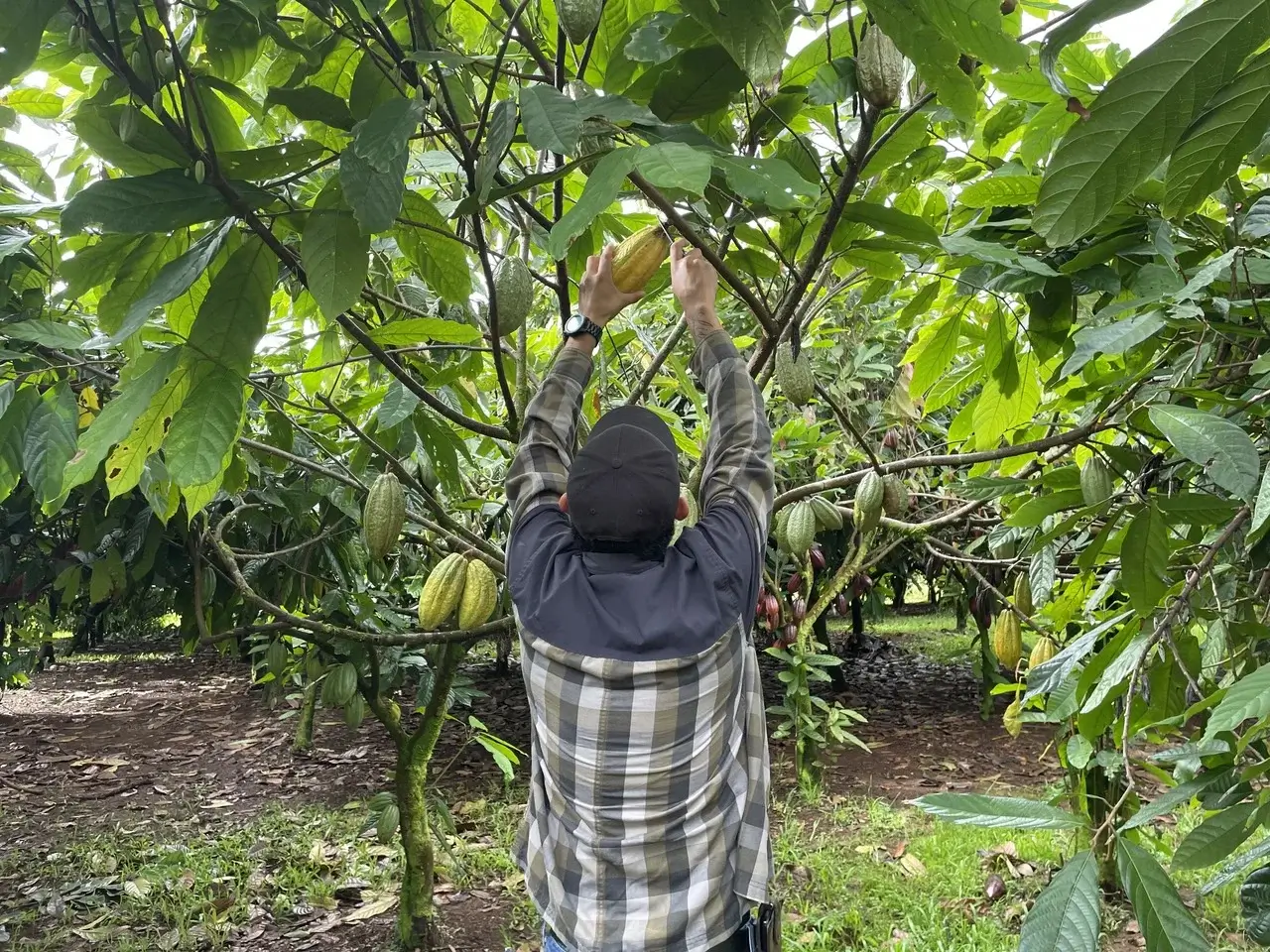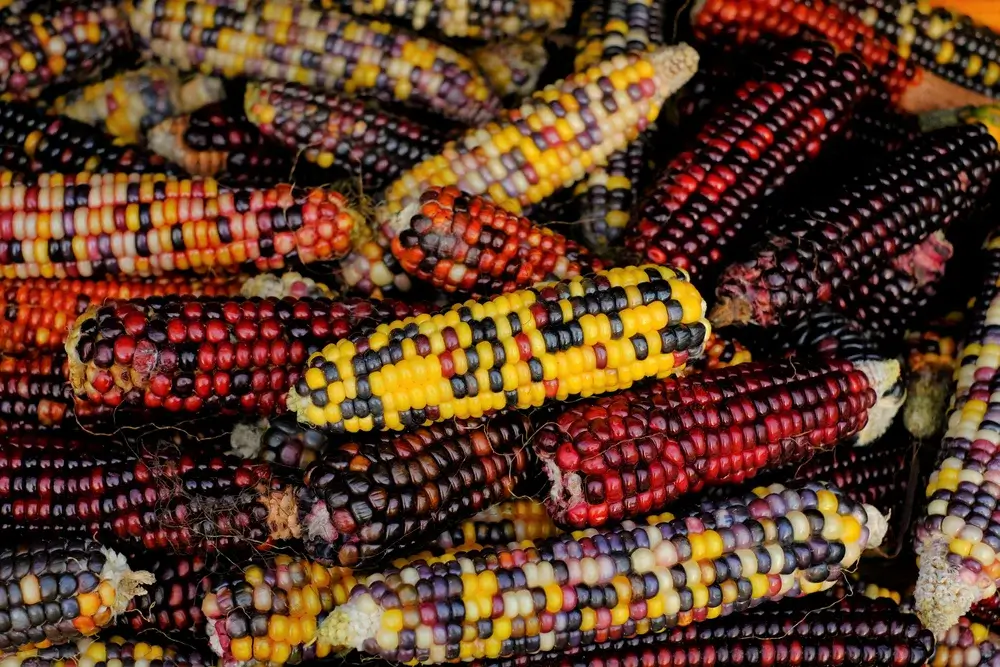Vertical Farming: How to Produce More Food on Less Land
If you’re working with limited growing space and want to produce more food, you may not have to look for more acreage. Vertical farming allows producers to grow up rather than out. Join small-scale farmer Briana Yablonski to learn more about this unique growing method and how it compares to other types of agriculture. The post Vertical Farming: How to Produce More Food on Less Land appeared first on Modern Farmer.

The word farm was once equated with images of sun-kissed green fields in rural areas. That’s quickly changing. Not only are farms moving closer to urban areas, but they’re also getting creative in how and where they grow produce. Vertical farms take advantage of old buildings and state-of-the-art greenhouses to produce food in a small amount of space.
Despite what many think, these farms aren’t necessarily filling skyscrapers. Instead, they’re taking shape in greenhouses located in dense urban areas and in shipping containers at schools and workplaces.
What Is Vertical Farming?

What exactly is vertical farming? In the agricultural world, it refers to growing crops in stacked layers, usually indoors.
Rather than piling soil-filled trays on top of each other, most growers utilize hydroponic, aquaponic, or aeroponic methods to provide their plants with water and nutrients. The systems are close to being closed-loop, so they use less water and nutrients than most other types of farms.
Vertical Farming Systems

While all vertical farms grow up, there’s a large variation in how producers set up their growing systems. Some grow in large greenhouses that receive natural light, while others take up space in empty office buildings. While you may assume that you need a tall building to make this method worth it, spaces as small as old shipping containers can still produce a lot of food.
Vertical farms utilize all types of systems to provide their plants with the water and nutrients they need to grow. Hydroponic and aeroponic growing methods are often used, but the system details vary between farms.
For example, Eden Green grows its plants hydroponically in tall pillars covered with small, individual containers. When you put the pillars together, the farm resembles a wall of plants. Since everything is grown in a greenhouse, little supplemental lighting is used to support the plants.
Plenty utilizes similar tall walls of grow towers to produce its produce. However, since its farms are located in closed buildings, it uses artificial light to provide the plants with the necessary energy.
While many other farms utilize similar grow towers, this is the only possible layout. Some farms utilize shelves stacked with small trays of produce. This method is especially useful when growing small crops like microgreens, but it can also be used to grow lettuce, herbs, and other larger plants.
How Does it Compare to Other Farming Methods?
Many proponents of vertical farming tout the upright farms’ ability to swoop in and rescue the world from the downsides associated with traditional farming. But how do the farms compare? Are they better for the environment? More productive?
Increased and Reliable Production

One significant benefit of indoor vertical farms is their ability to produce crops regardless of the outdoor weather. The sheltered farms are protected from the torrential rains and droughts that are becoming more common with climate change and damaging field-grown crops.
These farms also require a smaller footprint to operate. Therefore, they make sense when the price of farmland continues to rise and prime agricultural land falls out of production and/or is developed.
But do they produce more than traditional farms? One study used data to compare a fictional vertical farm in Oklahoma with a rural farm. The researchers found that the dense planting and multiple harvests of the vertical farm allowed them to produce the same amount of food as traditional farms on a smaller footprint.
Of course, not all crops make sense in this farming setup. These systems typically grow perishable produce like lettuce, strawberries, and herbs, so they’re not practical for growing crops like wheat and dried beans.
What About the Environmental Impact?

But what about their environmental impact? Does a smaller physical footprint correlate with a smaller environmental footprint?
The same Oklahoma study referenced above found that the vertical farm consumed more energy and had higher carbon dioxide emissions than the rural farm. When you account for the land required to produce this energy, the vertical farm actually had a larger land footprint than the traditional rural farm.
The moral of the story? It’s complex. The environmental impact of this method compared to other forms of agriculture depends on where the farms are located, the distance to the market, the types of energy available, and countless other factors.
Getting Started

If you’re interested in learning more about this unique farming model, start by exploring the many models available. Some companies sell their systems, allowing you to get started with vertical farming with a turn-key growing system and the support of professionals.
If you just want to play around with vertical growing, start at home. You can set up a hydroponic system or find a vertical planter that allows you to experiment with manipulating space.
The post Vertical Farming: How to Produce More Food on Less Land appeared first on Modern Farmer.






































































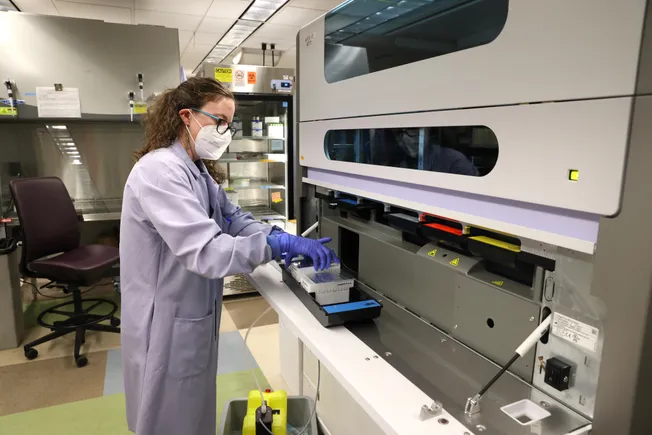


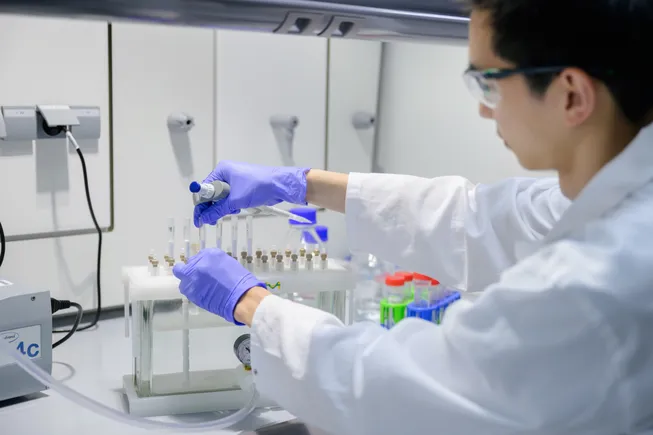














































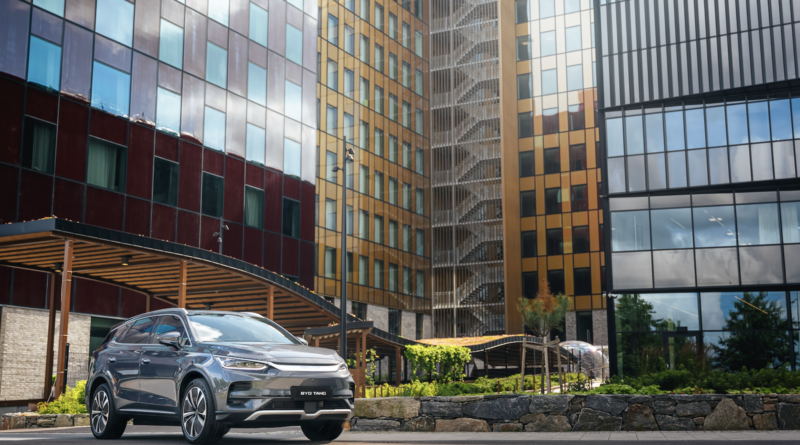










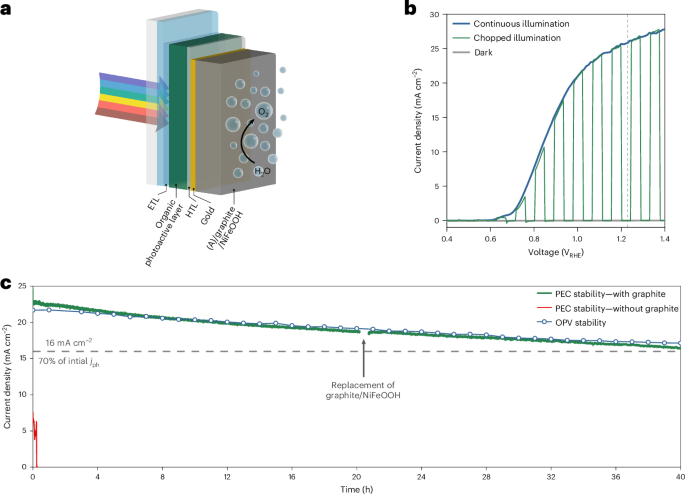











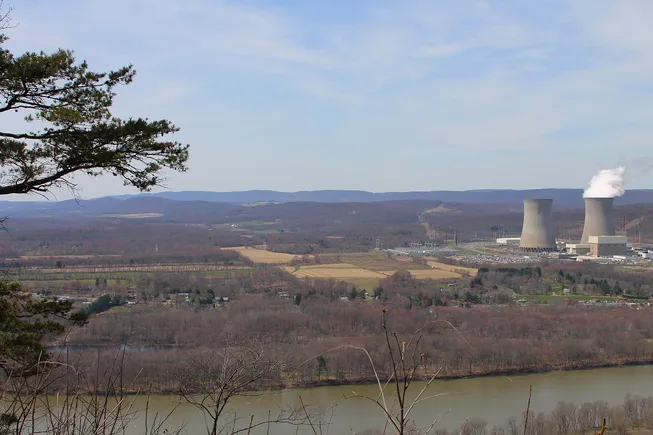












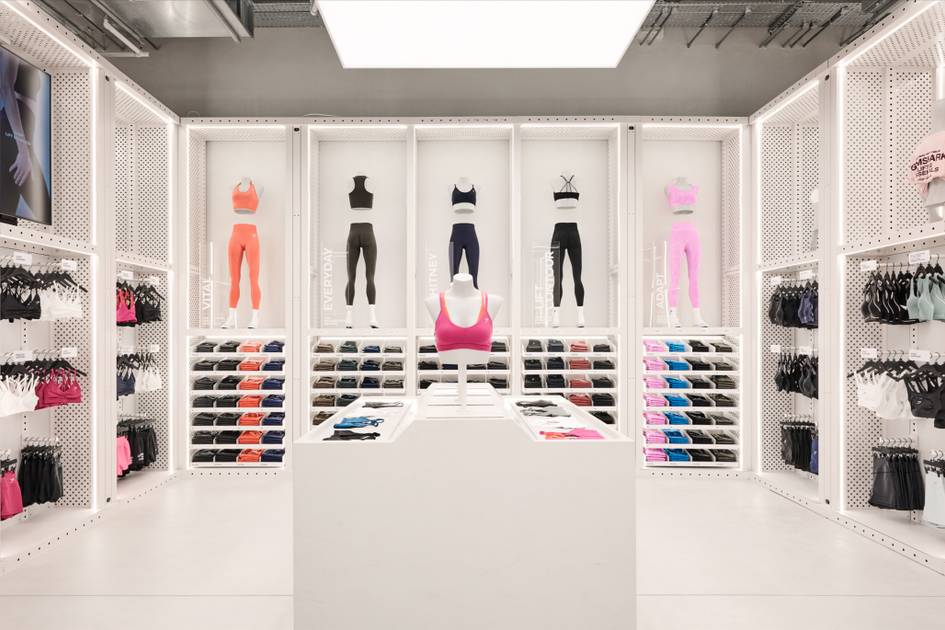











.jpg)

